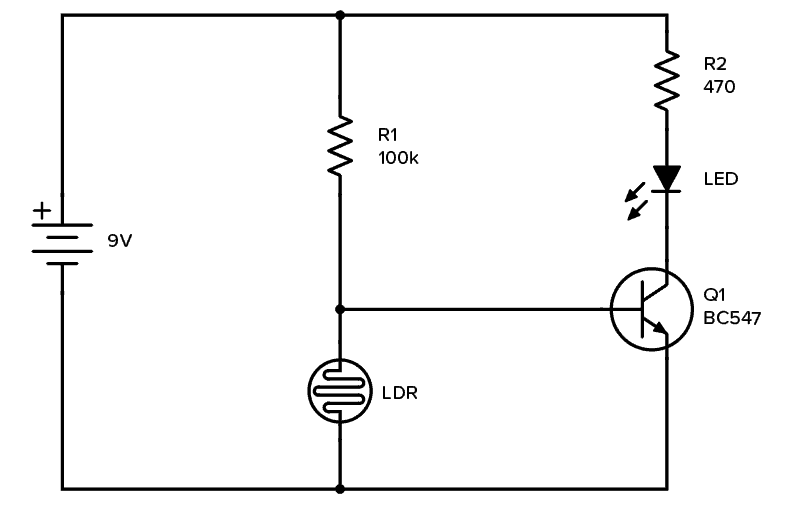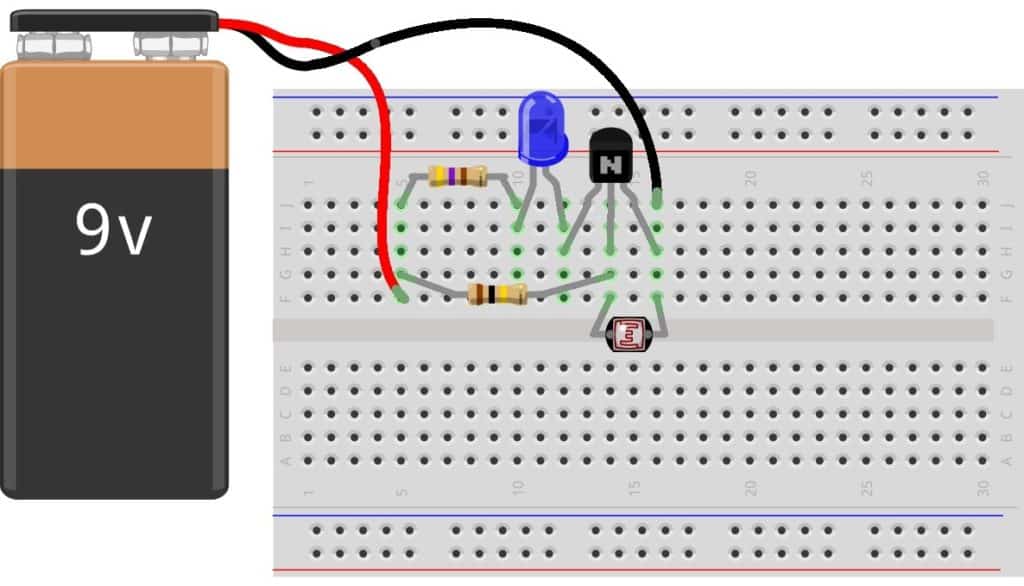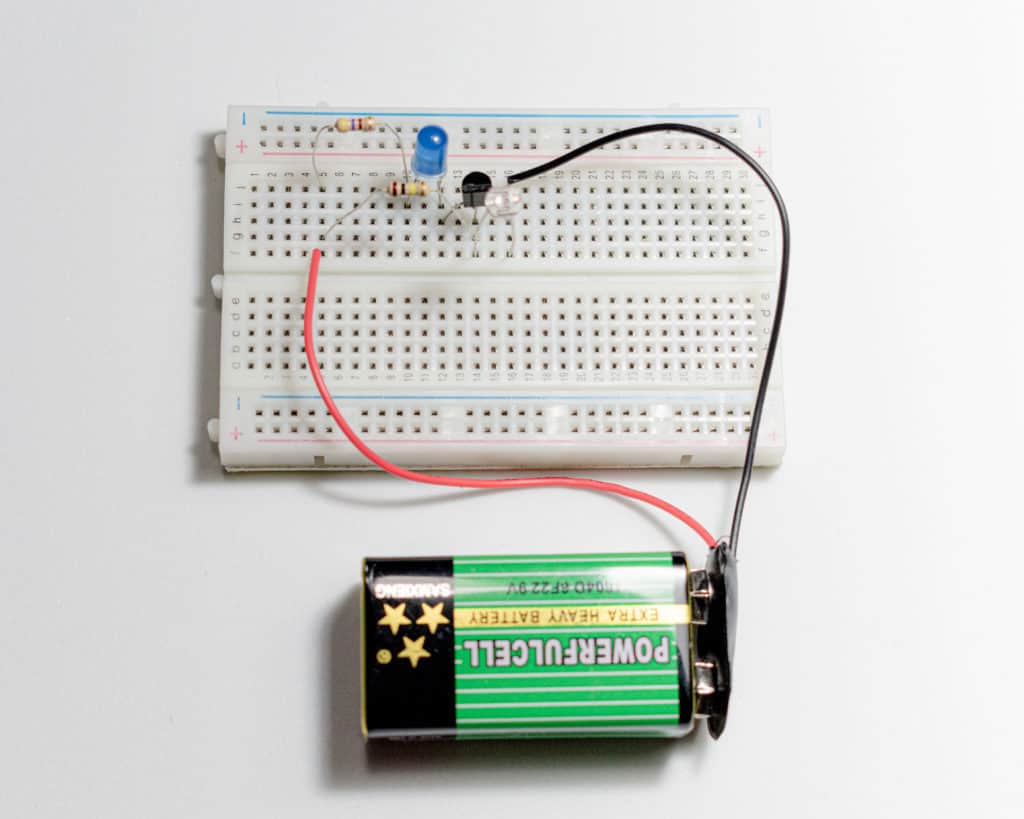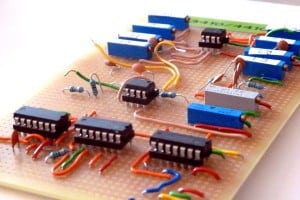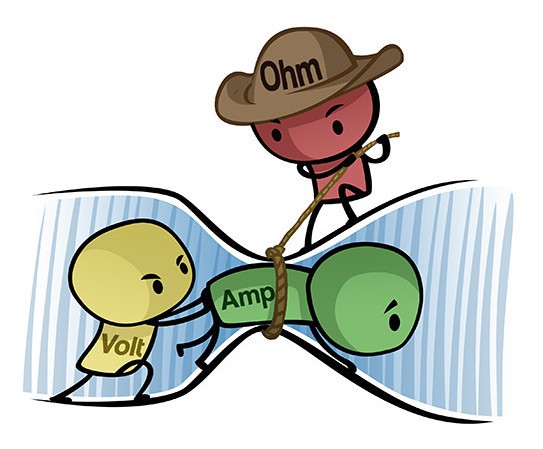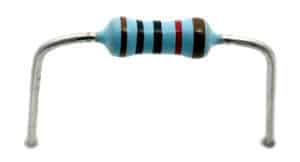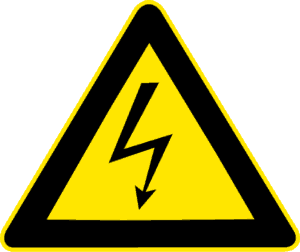
Two weeks ago, we were instructed (as in most of the world these days) to self-isolate. My plans to fly down to Spain and build a kitchen had to be discarded.
But a wonderful thing happened instead:
I suddenly had time to build a new project!
My wife and I just moved into a new apartment in Oslo. We only need one bedroom, so I threw out the bed in the other room and replaced it with a desk.
Hello, workbench!
What do you need for a workbench? A power supply of course.
This has been brewing in the back of my head for a while.
But the other day, it occurred to me:
If there is one thing I’ve always had an abundance of in my life, it’s wall adapters.
You know, these wall plugs you use for your router, your radio, your phone charger +++
And as much as I’d love to use these for my projects, they never have the voltage I need.
So I decided to build an adapter for my adapters!
The idea is simple. The circuit takes a DC voltage input from any wall adapter. And I can adjust the output voltage to the voltage I need for whatever experiment I’m doing.
Now if you are an experienced circuit builder reading this you might think: “Hey, but something like that already exists. You can just buy a finished module”
But where’s the fun in that?
To me, building electronics isn’t about inventing some genius gadget that no one has thought about.
To me, it’s about being curious and experimenting. It’s about trying to solve problems. It’s about that inner voice that says “what if I did that”, then testing and seeing what happens.
When I do this, I’m in one of my happiest states. I forget to eat. And hours feel like minutes.
That’s what happened this week.
I was supposed to give myself half the day on Monday to work on this project.
Then I was supposed to stop and do other highly important tasks.
I failed.
It’s Wednesday now and I haven’t done anything other than work on the project.
That’s the danger of learning electronics.
I should probably add a warning on the Ohmify page: Electronics can be highly addictive. Do not join unless you are prepared to forget important things like eating.
I’ll post my progress on the project in the community forum of Ohmify. And I’ll add schematics and instructions for those interested in building the same project.
If you’re not a member yet, you can join here:
https://ohmify.com/join/
Keep On Soldering!
Oyvind @ build-electronic-circuits.com
Copyright Build Electronic Circuits
